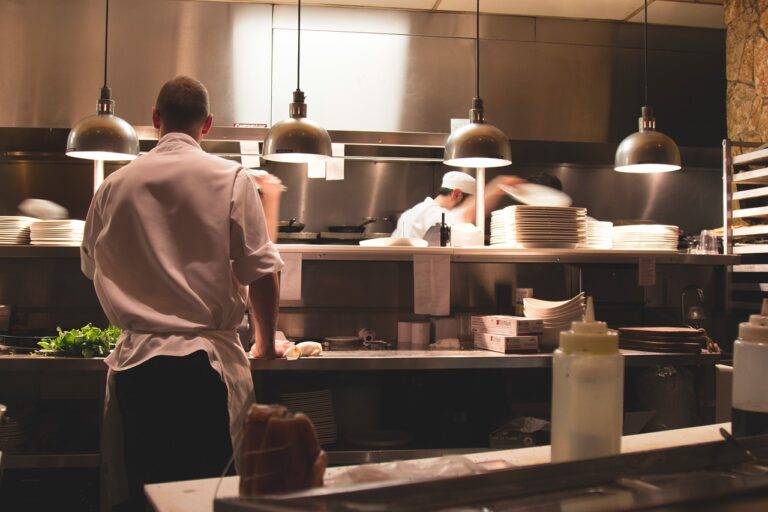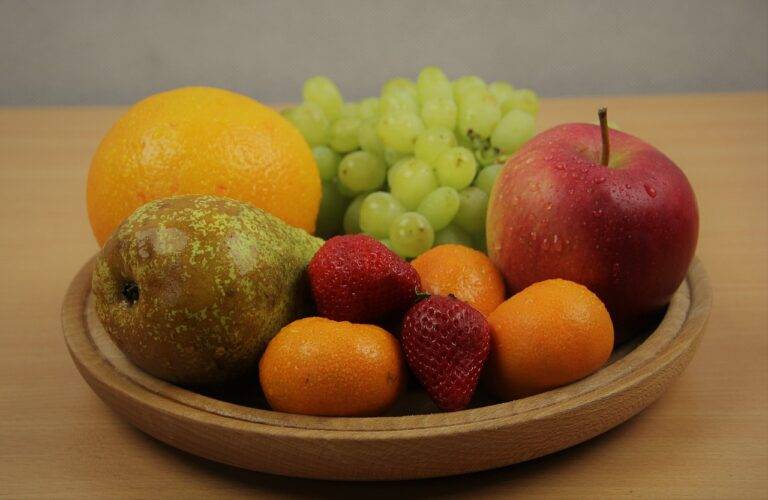Innovations in Food Packaging and Preservation
The field of food packaging technology has seen significant advancements in recent years. One such development includes the use of active packaging materials that interact with the food product to extend its shelf life. These innovative materials can help reduce food waste and improve the overall quality and safety of packaged goods.
Additionally, smart packaging solutions have gained traction in the industry. These technologies incorporate sensors and indicators that can monitor factors such as temperature, moisture, and freshness levels. By providing real-time information about the condition of the product, smart packaging not only enhances convenience for consumers but also ensures the integrity of the food throughout the supply chain.
Advancements in Sustainable Packaging Solutions
In response to the growing concerns about environmental impact and waste reduction, there has been a surge in advancements in sustainable packaging solutions. Companies are increasingly shifting towards packaging materials that are eco-friendly, biodegradable, or easily recyclable. This move towards sustainability is not only driven by consumer demand for greener products but also by a genuine commitment to reducing the carbon footprint of the packaging industry.
One notable advancement in sustainable packaging is the development of plant-based plastics, also known as bioplastics. These materials are derived from renewable resources such as corn, sugarcane, or cellulose, making them a more environmentally friendly alternative to traditional petroleum-based plastics. Bioplastics have the potential to significantly reduce the reliance on fossil fuels for packaging production, thereby lowering greenhouse gas emissions and contributing to a more sustainable future for the packaging industry.
Emerging Trends in Extended Shelf-life Packaging
One prominent trend in extended shelf-life packaging is the use of active packaging technologies. These innovative packaging solutions are designed to interact with the food product itself to help extend its shelf life. For example, oxygen scavengers can help remove oxygen from the packaging, slowing down the oxidation process and preserving the freshness of the food for a longer period.
Another emerging trend in extended shelf-life packaging is the incorporation of antimicrobial agents. These agents are added to the packaging materials to inhibit the growth of microorganisms that can cause food spoilage. By incorporating antimicrobial properties into the packaging, food products can stay fresher for an extended period, reducing food waste and improving overall food safety.
What are some recent developments in food packaging technology?
Some recent developments in food packaging technology include active packaging solutions, intelligent packaging systems, and nanotechnology-based packaging materials.
How are advancements in sustainable packaging solutions impacting the industry?
Advancements in sustainable packaging solutions are leading to a shift towards more eco-friendly materials and processes, reducing the environmental impact of packaging waste.
What are some emerging trends in extended shelf-life packaging?
Some emerging trends in extended shelf-life packaging include the use of modified atmosphere packaging, antimicrobial coatings, and vacuum packaging to extend the shelf life of food products.







